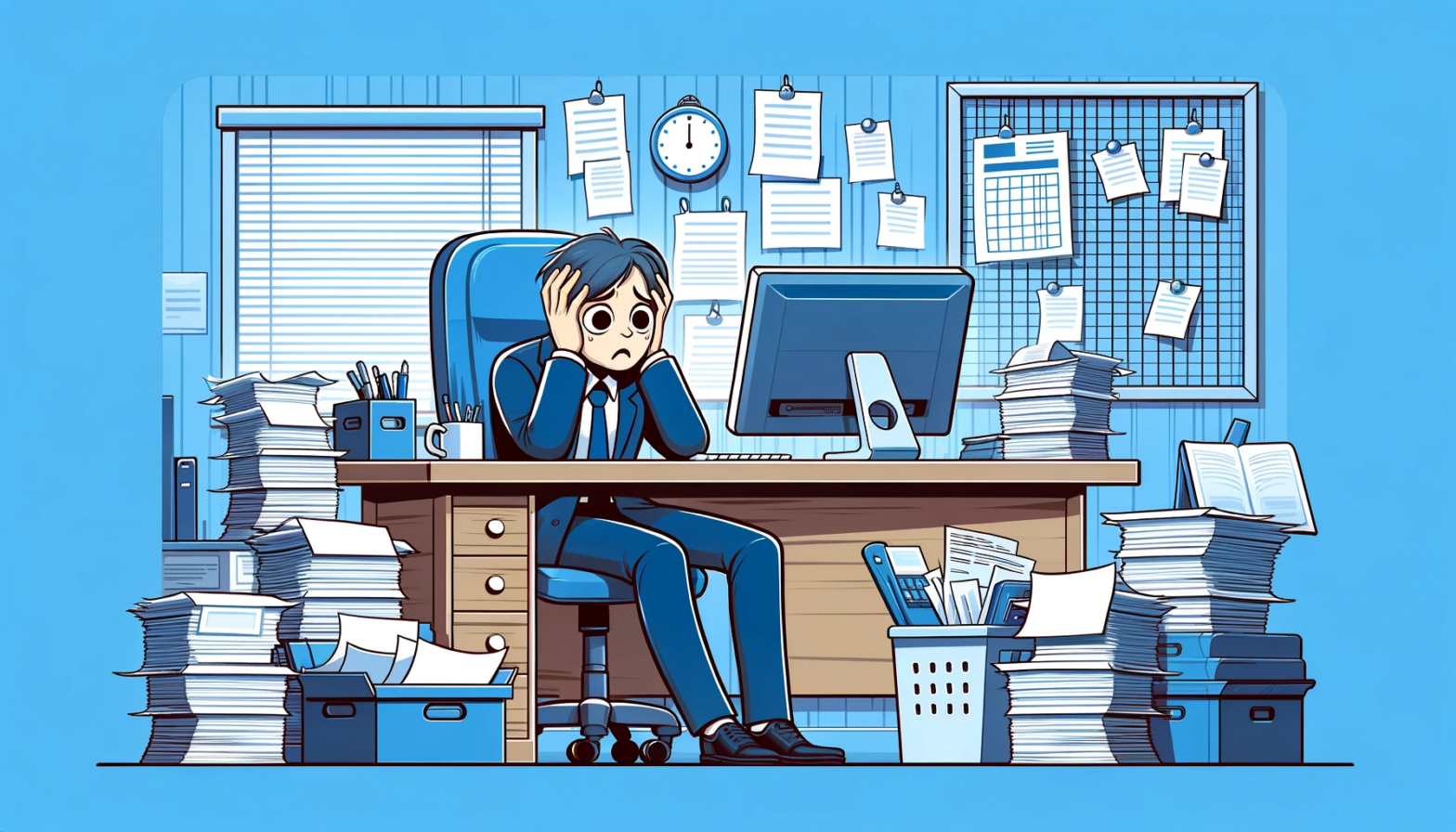New research shows anxiety and suicidal thoughts rising among employees
- 5 Min Read
The rising impact of anxiety, depression, and financial pressure on employee wellbeing is a pressing issue that requires proactive intervention.
- Author: Rachael Kennedy
- Date published: Jan 26, 2024
- Categories

The latest annual report from Champion Health, a global workplace wellbeing provider, has revealed a concerning rise in anxiety and suicidal thoughts among professionals.
The study, which surveyed 4,383 employees, found that one in three people rarely or never feel relaxed, and the prevalence of thoughts of suicide/self-harm has increased to 13%, up from 8% in 2021 and 9% in 2022.
In recent years, the world has witnessed a series of unprecedented events that have had a profound impact on the mental health and wellbeing of individuals globally. The cost of living continues to soar, political instability and conflicts are on the rise, and the overall sense of stability and hope for the future seems uncertain.
These factors have contributed to a significant decline in employee mental, physical, and financial wellbeing.
The state of mental health
Despite the growing awareness of mental health issues, the prevalence of anxiety and depression symptoms remains high. This year, there has been an 8% increase in symptoms of anxiety and an 11% increase in symptoms of depression compared to the previous year. These symptoms range from mild to clinically-relevant levels, indicating the ongoing need for early intervention and comprehensive support.
Gender differences play a role in the experience of anxiety and depression, with women more likely to report symptoms than men. However, the data also reveals a positive trend, as more men are seeking help for their mental health.
This increase in help-seeking behaviour among men is an encouraging sign that mental health conversations are making a difference and reducing stigma.
Stress and burnout
Stress levels continue to rise, with a 14% increase since the previous year. While some stress can be motivating, excessive stress can quickly lead to burnout. This year, 79% of employees reported experiencing moderate to high stress levels, highlighting the need for organizations to address this issue proactively.
The impact of stress on employee wellbeing cannot be underestimated. Stress can lead to physical and mental health issues, including self-harm and suicidal thoughts. It is crucial for employers to create a culture that supports employees in managing stress effectively. This includes fostering open communication, offering flexible work arrangements, and providing resources for stress management and mental health support.
Suicide and self-harm
Suicidal thoughts and self-harm are significant concerns when it comes to employee mental health. The prevalence of these issues has increased by 44% compared to the previous year.
Organisations must take proactive steps to support individuals experiencing these challenges, including educating themselves on suicide, offering support in various forms, suggesting professional help, and creating a safe and non-judgmental environment.
Physical health matters too
Approximately 40% of employees report having at least one long-term health condition, with chronic pain and fibromyalgia being the most common. Unlike conditions like hay fever or asthma, chronic pain often lacks a specific cause, making it challenging to treat effectively.
The impact of chronic pain on productivity is substantial, with 67% of individuals experiencing chronic pain reporting that it affects their ability to work effectively. To address this issue, employers should prioritize employee wellbeing by promoting overall wellness through regular exercise, nutrition, and mental health support.
Musculoskeletal (MSK) pain continues to be a prevalent issue affecting a significant portion of the workforce. While there has been a slight decline in the number of individuals reporting MSK pain, it remains a significant challenge in the workplace, with 43% of employees currently experiencing this type of pain.
The severity of MSK pain is a cause for concern, as 84% of those reporting current pain rate it as ‘moderate’ to ‘severe.’ This level of pain has a direct impact on productivity, with almost 50% of individuals reporting that it actively affects their ability to work.
Various factors contribute to MSK pain, including work type. Hybrid workers are more likely to experience MSK pain, followed by retail workers. However, manual workers, who engage in physical labor, experience the greatest strain on their bodies.
It is crucial for employers to prioritize the musculoskeletal health of their employees, particularly those in manual labor roles, by providing access to comprehensive MSK support and implementing workplace adjustments to minimize risk.
The role of technology
In our modern, technology-driven lives, eye health has become an increasing concern. Constant exposure to screens and daily activities can strain our eyes, leading to symptoms such as tired eyes and headaches.
Almost two-thirds of employees experience eye strain symptoms, with 37% reporting headaches or migraines during the working day.
By promoting healthy habits and providing resources for eye health, employers can support their employees in reducing the impact of eye strain on productivity.
A closer look at wellbeing
Financial pressure continues to be a significant stressor for employees, with 41% citing it as the top cause of stress. The cost-of-living crisis and economic instability contribute to ongoing money worries for many individuals. This financial stress has a direct impact on overall wellbeing and productivity.
Demographically, younger employees, particularly those aged 16 to 34, are more likely to experience financial pressure. Men also report an increase in money-related stress, with 41% citing it as a cause of stress.
It is crucial for employers to address financial wellbeing by providing resources and support, such as financial education, flexible work arrangements, and access to financial assistance programs.
The relationship between productivity and wellbeing
Employee productivity is a crucial factor in the success of any organization. However, this year has seen a decline in self-reported productivity levels, with nearly 70% of individuals rating their productivity as ‘average’ or worse. The top three issues impacting productivity are tiredness, high stress, and poor mental health.
Tiredness has been identified as the most significant productivity drain, affecting 61% of employees. High stress levels and poor mental health also contribute to decreased productivity.
To address these challenges, organizations should prioritize employee wellbeing by promoting work-life balance, providing resources for stress management and mental health support, and fostering a positive and supportive work culture.









